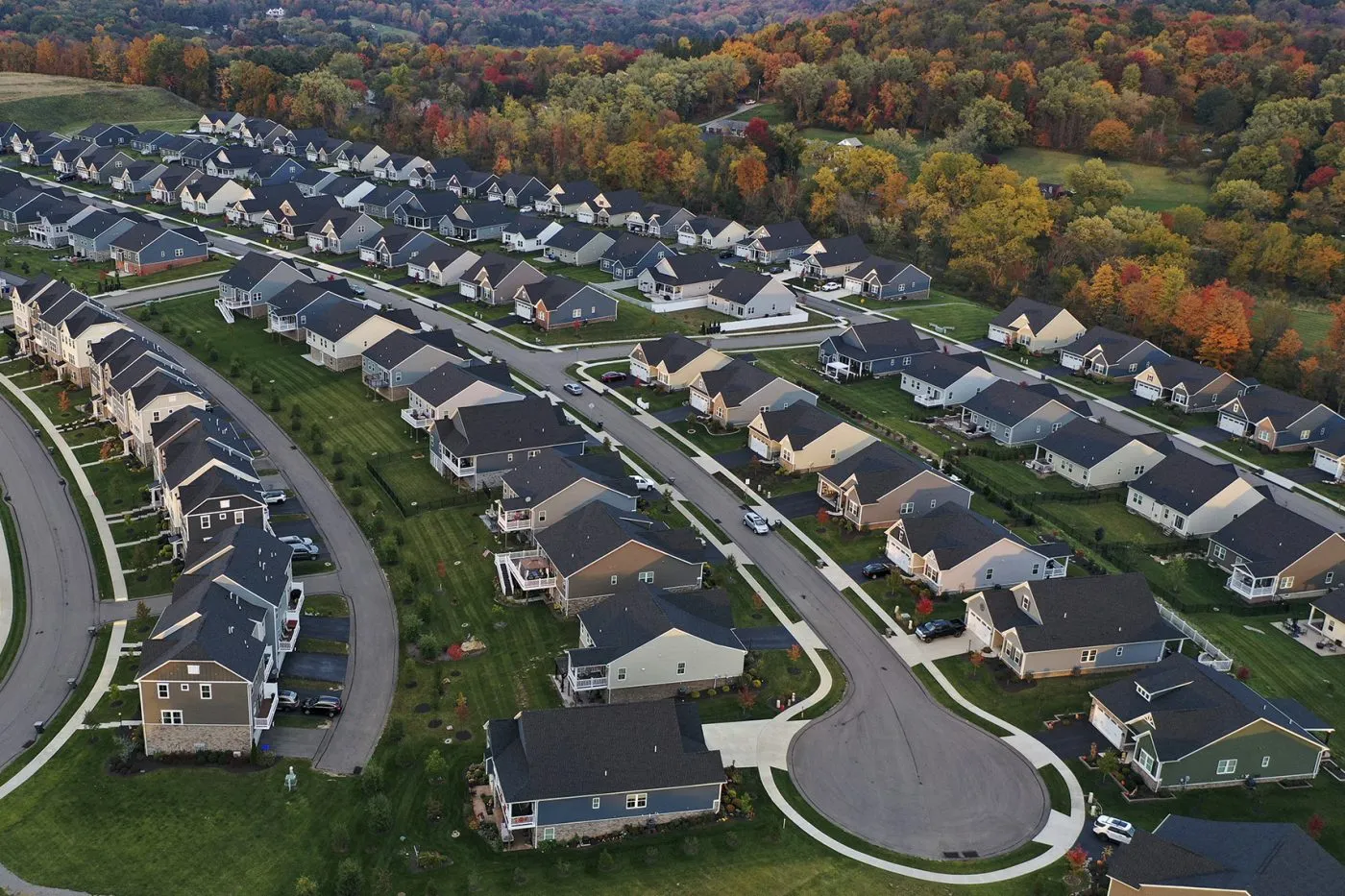
As we peer into the financial crystal ball for 2024, one question looms large for prospective and current homeowners alike: are mortgage rates poised for a decline? This query is more than casual conversation—it is a pivotal concern for budgeting families, first-time homebuyers, and real estate investors. In a style inspired by Neil Patel’s signature analytical depth, this post will dissect the factors at play in the 2024 mortgage landscape, delving into the data and market sentiments that could herald a drop in mortgage rates.
Unpacking Economic Forecasts
The journey into the future of mortgage rates starts with understanding economic forecasts. These predictions are not just numbers; they are tales of inflation, GDP, employment trends, and spending behaviors—each a storyline affecting the course of mortgage rates. Historically, high inflation prompts rate hikes as central banks try to stabilize the economy, leading to higher mortgage rates. But if forecasts point towards a cooling economy, we could see an opposite effect. The Federal Reserve might slash rates to encourage economic stimulation, potentially translating to lower mortgage rates. As we move through 2024, these economic narratives will be pivotal to mortgage rate trends.
The Federal Reserve’s Tightrope
The Federal Reserve walks a tightrope between stimulating economic growth and controlling inflation—a balance with direct implications for mortgage rates. The Fed’s interest rate policies influence lending rates across the board. If 2024 sees the Fed continuing with an accommodative monetary policy to bolster economic recovery, this could signal a period of stable or declining mortgage rates. On the other hand, if inflation becomes the focus, the resulting interest rate increases could push mortgage rates higher. Understanding the Fed’s policy path is key to forecasting mortgage rate movements.
The Global Economic Puzzle Piece
The U.S. mortgage market is a piece of the larger global economic puzzle. International economic conditions—trade wars, policy changes abroad, and foreign market performances—can significantly impact domestic mortgage rates. For example, foreign investment in U.S. Treasuries tends to increase when the global market is unstable, often leading to lower U.S. mortgage rates. As such, keeping an eye on the global economic climate is crucial for those looking to predict mortgage rates in 2024.
Housing Market Supply and Demand
Mortgage rates dance to the tune of the housing market’s supply-and-demand dynamics. In a scenario where housing demand exceeds supply, mortgage rates may rise as the market heats up. Conversely, should there be an increase in housing inventory—thanks to new construction, for example—without a corresponding rise in demand, this could lead to lower mortgage rates. For those charting the 2024 housing market, understanding these supply and demand trends will be essential.
Technological Innovations: The X-Factor
Technological innovations have become the X-factor in the mortgage industry, with the potential to disrupt traditional practices and rate structures. As the adoption of fintech solutions increases, lending processes become more streamlined, potentially lowering costs for consumers. If these technological efficiencies translate into cost savings for lenders, we may witness a competitive push downward on mortgage rates. Keeping a pulse on tech trends will be imperative for those looking to finance homes in 2024.
Regulatory Shifts and Their Ripple Effects
Regulations can create ripples throughout the mortgage market, influencing rate trends. Changes in housing policies or adjustments in financial regulations may lead to more stringent or relaxed lending criteria, impacting rates. It is, therefore, crucial to stay informed about the regulatory shifts that may affect the mortgage rate trajectory in 2024.
Consumer Confidence: The Heartbeat of the Market
Consumer confidence often acts as the heartbeat of the mortgage market. If economic forecasts and conditions fuel consumer optimism, we may see a surge in homebuying activity, possibly keeping mortgage rates from falling. In contrast, if consumer confidence wanes, leading to decreased mortgage activity, lenders might lower rates to attract more borrowers. Gauging consumer confidence will provide a temperature check on the potential for mortgage rate reductions.
Conclusion: Synthesizing the 2024 Mortgage Rate Forecast
The outlook for 2024’s mortgage rates is a multifaceted one, requiring a synthesis of economic, policy, and market analyses. Drawing on the Neil Patel approach—grounded in data yet critically engaging—we can piece together a comprehensive view of the coming year’s mortgage rate landscape.
Whether mortgage rates will drop in 2024 depends on a confluence of the factors discussed, from macroeconomic conditions to the very personal sentiment of consumers. For homeowners and buyers, staying educated on these topics will not only help in planning and preparation but also in capitalizing on potential opportunities for more favorable loan terms.
In essence, while the exact direction of mortgage rates in 2024 remains uncertain, a careful study of the factors influencing them will empower real estate participants to navigate this landscape with confidence. With attentiveness to the trends and a readiness to adapt to the shifts, one can effectively strategize for whatever the mortgage rate future holds.



